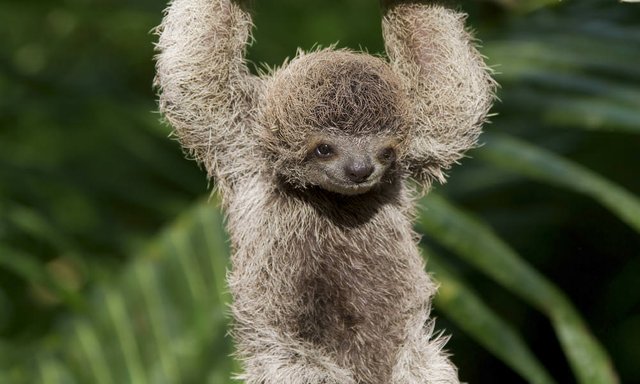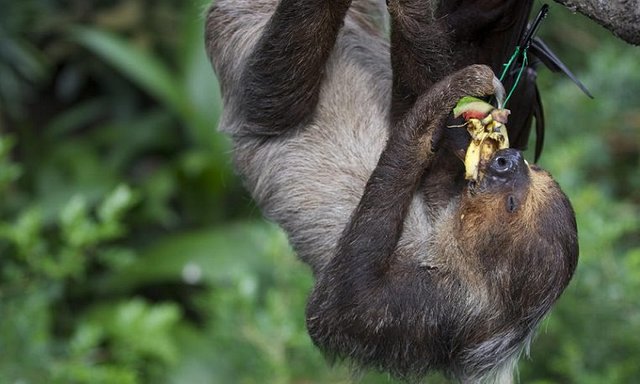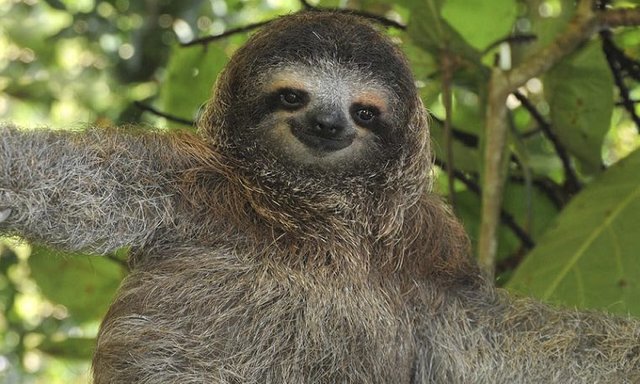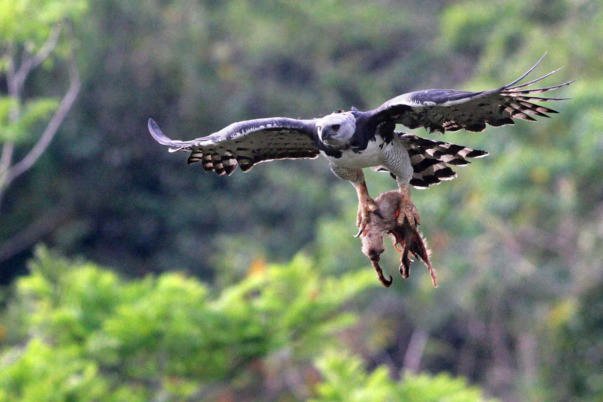WILDLIFE #1: A Sloth's Survival Skill - Slowness
WILDLIFE #1: A Sloth's Survival Skill - Slowness

Kill or Be Killed.
In the wild where you have to use methods like camouflage, deceit, tricks and strategies to avoid being eaten by the predators, it's surprising that Sloths which are incredibly slow movers, seems to survive at all.
Survival Strategy - Slowness
A sloth's slowness is for a very simple reason: Survival. The sloth's unusual strategy keeps itself away from the predators. By moving slowly, predators can hardly notice their movements. Moving slowly also requires less energy compensating their less amount of food intake.

They usually feed on fruits, flower buds and branches. Sloths digest their food slowly, too. A low metabolic rate means sloths can survive on relatively little food and it takes days for them to process.
Homeothermic mammals (Warm-blooded)
Homeothermic species like Sloths, maintain a stable body temperature by regulating metabolic processes regardless of external influence and temperatures.
Adaptive Thermogenesis
Adaptive thermogenesis is a term that describes how your body responds to calorie restriction. This is a technique used by sloths to be able to survive without eating much. The body’s goal is to maintain a stable environment where it has enough energy to do many energy-requiring tasks it needs to do. Adaptive thermogenesis refers to a slowing of metabolism that’s greater than expected based on lean body mass.
Slowing their metabolism means that they don't need to search for food often to avoid movements that will risk their lives.

Main Predators
With their energy-saving technique, sloths physically don’t have the ability to move very fast. And with this, they do not have the capacity to defend themselves or run away from the predators. Instead, their survival is entirely dependent upon their unnoticed movement and camouflage – a factor aided by their symbiotic relationship with algae growing on their fur.

Big cats like jaguars, ocelots and birds such as eagles – all primarily detect their prey visually.
The sloth life is certainly not the “lowest form of existence”, but as strategic as that of any other animal. They are energy-saving mammals taking life at a slow pace to avoid the rush and tumble for food, while subscribing the movement patterns that help them avoid being identified as prey. There must be a lesson somewhere in that for all of us.
THANK YOU FOR STOPPING BY!
Image sources: [1], [2], [3], [4]
References:
http://theconversation.com/sloths-arent-lazy-their-slowness-is-a-survival-skill-63568
https://www.worldwildlife.org/stories/why-are-sloths-slow-and-six-other-sloth-facts
https://animals.howstuffworks.com/mammals/sloths-slow.htm
https://en.wikipedia.org/wiki/Warm-blooded
https://www.britannica.com/science/ectotherm
https://cathe.com/adaptive-thermogenesis-make-harder-lose-weight/
I've seen sloths in zoos around the world and never even considered that their slow movemeny may have been adapted as an advantage!
Great post, thanks for that :)
Me too, i thought they were just slow. No other reason. Hahaha
informative post! :)
Supportive friend haha peace v newbie here HAHA
Hi kim!! Hahaha
Salamat maam hahaha
cute kaau ni silag smile. :)
NIIIIIIIIIIIIICCCCCCCCCCCCCCEEEEEEEE POOOOOOSSSSSST!
Thank you kuya! cute btaw kaau sila uy hehehe
genuine kaau ila smile. may pa sila. haha